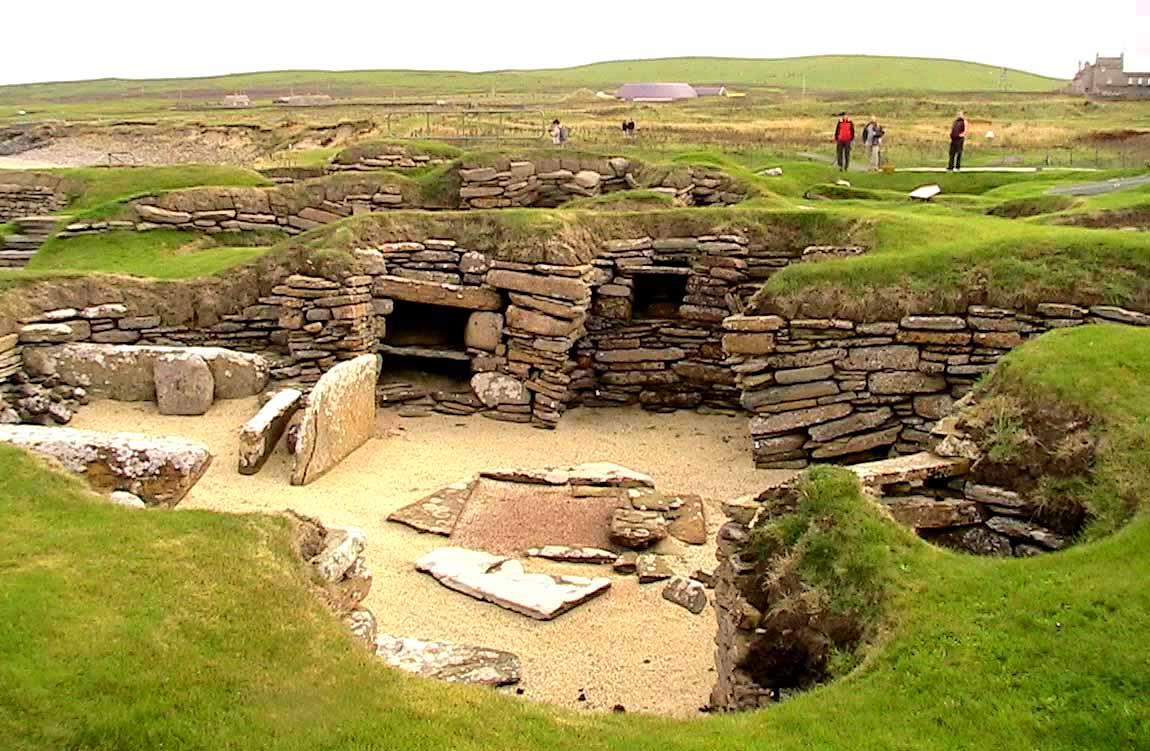The Neolithic Expansion: A Genetic and Archaeological Journey Through Ancient Europe





The saga of Neolithic expansion represents one of humanity's most transformative chapters, chronicling the monumental migration of farmers from their Anatolian and Aegean homelands across the European continent approximately 8600 years ago. This revolutionary movement fundamentally altered the European lifestyle, replacing millennia-old hunter-gatherer traditions with agricultural practices while intricately weaving together the genetic fabric of ancient populations. The research conducted by Alexandros Tsoupas and colleagues provides unprecedented insights into this remarkable journey of human migration, interaction, and cultural transformation.
The rise and fall of ancient peoples left marks not only on the landscape but also in our genes. If you’ve ever wondered how your ancestry fits into that larger historical mosaic, MyTrueAncestry.com offers a fascinating perspective.
Standing at a Neolithic excavation site like Boncuklu in central Anatolia, one can envision these early agriculturalists first tilling the soil, planting the literal and metaphorical seeds of what would become agricultural Europe. Through meticulous spatial simulations and high-quality DNA analysis from 67 prehistoric individuals across 17 archaeological sites, researchers have uncovered how these pioneer farmers interacted with indigenous hunter-gatherer populations throughout central Europe.
The coastal settlement of Lepenski Vir, a jewel nestled in the Danube Gorges, tells particularly compelling stories of cultural cross-pollination. Here, ancient communities existed at the confluence of farming and fishing traditions, displaying an intricate tapestry of intercultural interactions. These findings underscore the complexity of the Neolithic transition, revealing it as less a simple replacement of ways of life and more an elaborate choreography of coexistence and gradual integration spanning thousands of years.
The paleogenomic evidence paints a vivid picture of increasing admixture between farming and foraging peoples, whose lineages became increasingly intertwined over time. This genetic blending initially occurred sporadically, intensifying in regions stretching eastward from the Black Sea to the Baltic territories. Archaeological sites featuring Linearbandkeramik (LBK) culture artifacts provide tangible evidence of these interactions, where grave goods and skeletal remains speak of both harmonious coexistence and occasional conflict.
The demographic landscape reveals that farmers outnumbered hunter-gatherers by approximately five to one, yet the cultural and genetic exchange was far from straightforward. Demic diffusion occurred as a leapfrogging journey along major continental river valleys, particularly the Danube, suggesting that sporadic long-distance migrations spurred agricultural spread while local interactions with foraging communities helped stabilize these nascent farming settlements.
The Neolithic expansion followed distinct pathways across Europe, most notably the continental route traversing major river systems like the Danube and Rhine. These waterways served as highways of cultural and biological exchange, contrasting with the maritime Mediterranean route along European coastlines. Ancient settlements along these rivers act as temporal capsules, preserving remnants of pottery, tools, and burial goods that illustrate the gradual blending of once-distinct lifestyles.
Archaeological evidence from sites like Blätterhöhle and Barcın creates a vivid historical tapestry, illustrating the varied interactions between populations. The genomic data extracted from these ancient individuals reveals tales of gradual, dance-like exchanges as settlers moved through the landscape, combining agricultural knowledge with local survival strategies developed over generations by indigenous communities.
The LBK period, occurring around 7000 years ago, presents particularly fascinating insights into ancient population dynamics. Archaeological evidence from massacre sites and mass graves during this era reveals periods of social tension and crisis, yet paradoxically shows increased genetic admixture between populations. These sites, stretching from the Balkans to Denmark, illustrate how even during tumultuous times, cultural and genetic exchange continued to shape European populations.
The research reveals that admixture patterns were neither uniform nor constant but varied significantly across regions and time periods. This variation suggests that local climates, ecological niches, and socio-economic dynamics all influenced the degree of interaction between farming and hunter-gatherer communities, creating a complex mosaic of cultural adaptation and biological integration.
The study employed cutting-edge techniques including approximate Bayesian computation to model ancient population dynamics with unprecedented precision. These methodological advances allow researchers to trace the subtle patterns of genetic flow and cultural exchange that characterized the Neolithic transition, revealing stories of human adaptability and resilience encoded within ancient skeletal remains.
Each excavation site provides unique insights into survival strategies employed by ancient communities as they adapted both biologically and culturally to new agricultural landscapes. Notable locations include Aktopraklık in northwest Anatolia and Dillingen-Steinheim in Central Europe, where burial goods reflect the rich tapestry of lives connected across vast distances through trade networks and migration patterns.
The Neolithic expansion represents far more than a simple technological transition; it embodies a magnificent odyssey driven by human resilience, adaptability, and the perpetual quest for new beginnings. The genetic footprints left by these ancient interactions continue to influence European populations today, representing an enduring legacy traced through innovative genomic analysis techniques.
The study deliberately avoids finite conclusions, instead offering glimpses into the ongoing process of unraveling our complex ancestry. Each grave uncovered and genome sequenced tells stories not merely of survival, but of interaction, adaptation, and the relentless human drive for cultural innovation. The findings demonstrate that the Neolithic transition was characterized by episodic long-distance migrations punctuated by periods of intensive local interaction, creating the rich genetic and cultural diversity that defines modern European populations.
https://www.science.org/doi/epdf/10.1126/sciadv.adq9976
Discover how your DNA connects to ancient civilizations at www.mytrueancestry.com.
Comments